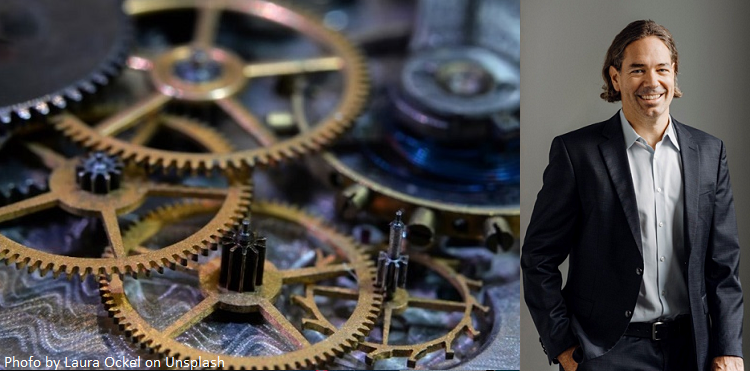How to optimize your scope of patent protection? – Method Features in Apparatus Claims
IP-Managers in large international companies often find that the grant rates of their patents are significantly higher in their own jurisdiction than in other jurisdictions. One of the reasons for this effect is that the patent applications are drafted taking into account the requirements of only one jurisdiction.
Drafting patent applications is a challenging task anyway, but it becomes even more difficult if the requirements of different jurisdictions should be considered. A drafting style working for one jurisdiction may cause major problems in other jurisdictions. Many problems could be avoided if they were considered at the drafting stage.
I will show periodically examples of problems caused by drafting or prosecution weaknesses resulting in rejections or narrow claims. The examples are taken from real cases, with the original wording changed to focus only on the key issue.
Today´s example relates to: Method Features in Apparatus Claims
Example claim:
“Coupling element having a spur toothing… the spur toothing being formed by teeth composed of material, which is at least partially plastically formed in a non-cutting process… characterized in that, before the forming of the teeth, the greatest length reflected in the radial projection of the section is at least twice as long as the theoretical tooth height of the formed teeth,… .”
Remark: The granted claims did not contain method claims.
Problem:
1 . The feature “teeth composed of material, which is at least partially plastically formed in a non-cutting process” defines the way of manufacturing of the teeth instead of structural features. Therefore, this feature does not limit the scope of the apparatus claim.
2 . The feature “before the forming of the teeth, the greatest length reflected in the radial projection of the section is at least twice as long as the theoretical tooth height of the formed teeth” defines a geometry of the teeth during manufacturing and before they reach their final geometry appearing in the claimed coupling element. Since these features cannot be seen in the claimed final product, they cannot limit the scope of protection.
Even if the claim were considered to be a product-by-process claim, these features would not be taken into account in the assessment of novelty, at least not by the EPO.
So the question is: How can such a situation be avoided?
Solution:
If the structure of the final product is not new, it is obviously not useful to direct an apparatus claim to the final product.
However, the method for manufacturing may be patentable, for example, if the used process (e.g. partially plastically forming in a non-cutting process) or the geometry of the blank (e.g. before the forming of the teeth, the greatest length reflected in the radial projection of the section is at least twice as long as the theoretical tooth height of the formed teeth) is inventive. In addition, the blank may be claimed by an apparatus claim if the geometry of the blank is inventive.
Summary:
A claim containing a mixture of apparatus and method features should be avoided. If a new manufacturing process leads to a new product, an apparatus claim should be directed to the new product and a separate method claim should be directed to the manufacturing process.
In order to achieve high grant rates and broad scope of protection in all relevant jurisdictions, IP-Managers should take care that the requirements of all these jurisdictions are considered by their drafting attorneys at the drafting stage.
Drafting guidelines are a good way of ensuring high-quality applications that are suitable for all jurisdictions relevant to a company.
About the blogpost author:
 Stefan Müller is partner at 2SPL PartG mbB since 2012 and an expert for the protection of digital solutions in Europe. Before becoming a patent attorney, he studied physics and gained practical experience in the semiconductor industry.
Stefan Müller is partner at 2SPL PartG mbB since 2012 and an expert for the protection of digital solutions in Europe. Before becoming a patent attorney, he studied physics and gained practical experience in the semiconductor industry.
Feel free to connect with him on LinkedIn.



